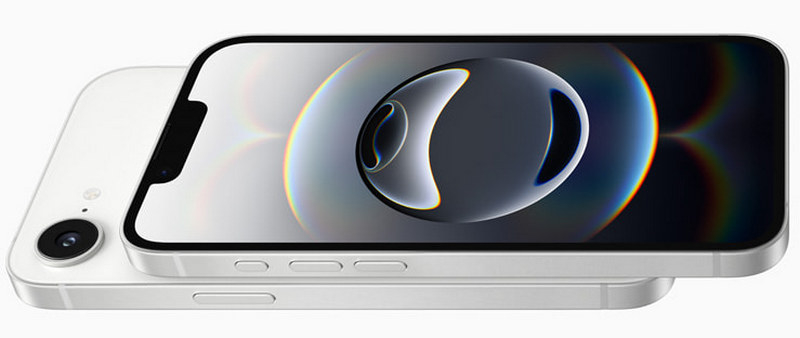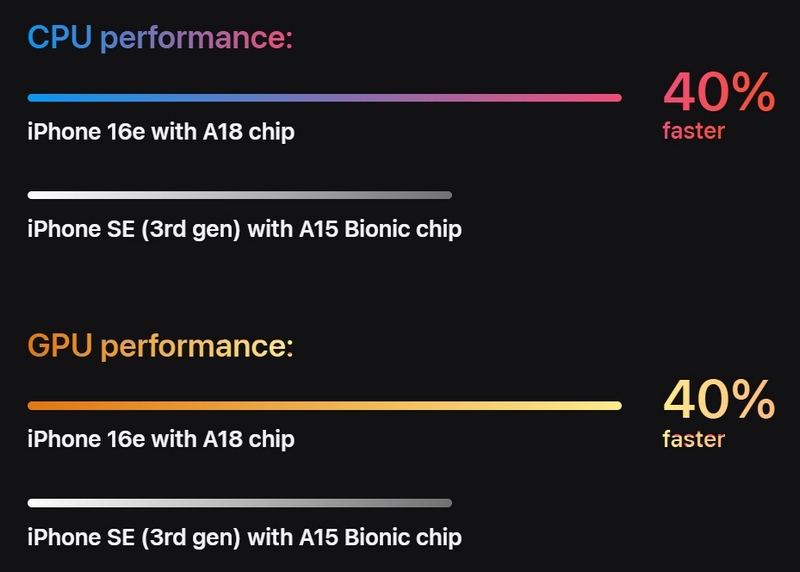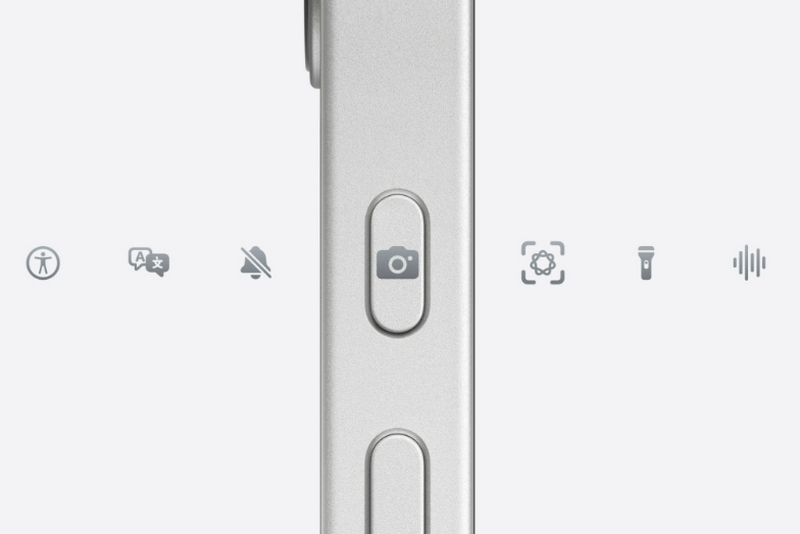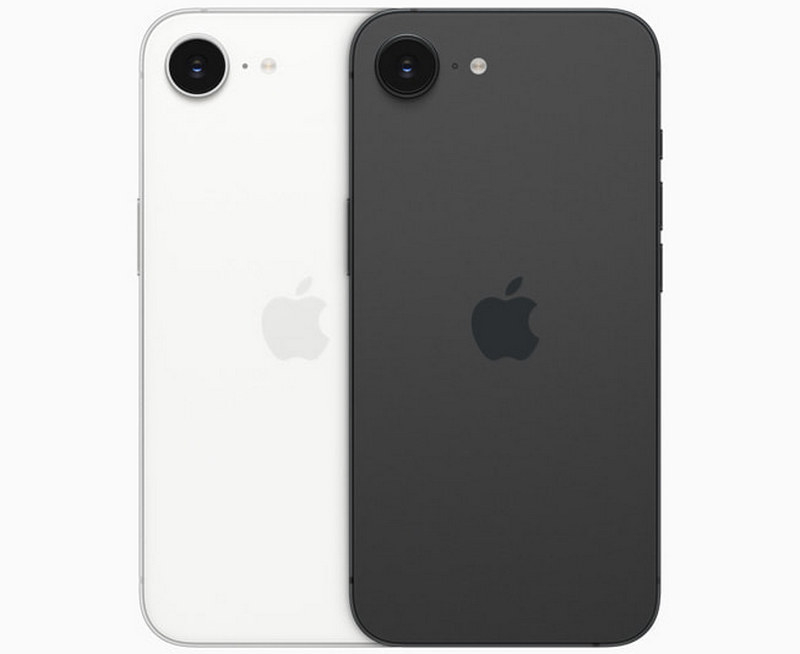Contrary to expectations, Apple did not introduce the fourth-generation iPhone SE today — instead, the iPhone 16e debuted. This is the most affordable of the latest-generation iPhones, but nevertheless it offers the most modern electronic filling. Although, of course, it was not without compromises.
Image source: Apple
Externally, the iPhone 16e, as expected, resembles the iPhone 14. It is a fairly compact device with a 6.1-inch OLED display with a resolution of 2532 × 1170 pixels and a refresh rate of 60 Hz. The maximum brightness reaches 800 cd / m², and the peak is 1200 cd / m². At the top of the screen there is a large cutout for the front camera and Face ID.

The iPhone 16e is built on Apple’s latest-generation A18 chip, which is also used in the iPhone 16. According to Apple, this six-core processor is 80% faster than the A13 Bionic chip in the iPhone 11. The new model has a version of the chip with a cut-down GPU with four cores, but that doesn’t stop Apple from claiming the device’s ability to support AAA games and hardware-accelerated ray tracing. In addition, the chip has a 16-core neural engine, which is up to six times faster than the A13 Bionic.

The iPhone 16e has all the same Apple Intelligence capabilities as its older models. For example, the Clean Up tool allows you to remove unnecessary objects from photos, and natural language search in the Photos app makes it easier to find photos. Image Playground, Genmoji, and Writing Tools help you create and edit images, emoji, and text, respectively. Integration with ChatGPT provides quick access to information. Apple also emphasizes that Apple Intelligence processes most requests on the device, and when accessing the cloud, the company guarantees complete privacy without storing user data.
One of the key and unique hardware features of the iPhone 16e is the C1 chip, the first cellular modem designed by Apple itself. The company claims that this is the most energy-efficient modem ever installed in an iPhone, providing fast and reliable 5G connectivity.

The new model also adopted the Action Button from the older models of the sixteenth series. It replaces the physical sound profile switch and can perform its functions. In addition, it can be assigned to launch a flashlight, voice recorder, translator or any other application. And the iPhone 16e also received a USB-C connector – the iPhone SE previously offered Lightning.
The iPhone 16e has only one main camera — we have long been accustomed to the fact that a smartphone should have at least two cameras on the back, and preferably three. However, to reduce the cost of the device, Apple decided to limit itself to one module. It is built on a 48-megapixel image sensor with a lens with an equivalent focal length of 26 mm and an aperture of ƒ / 1.6. Apple promises high-quality shooting thanks to proprietary algorithms; 2x lossless zoom is available; video recording is supported in resolution up to 4K at 60 frames per second. The front camera is traditional for iPhones of recent years: 12-megapixel with an aperture of ƒ / 1.9 and the ability to shoot video in 4K at 60 FPS.

The iPhone 16e will go on sale on February 28 in black and white, starting at $599 for the 128GB version. For comparison, Apple’s previous most affordable smartphone, the third-generation iPhone SE, started at $429.
Will be added…